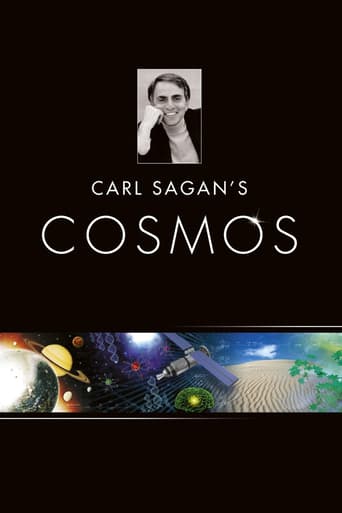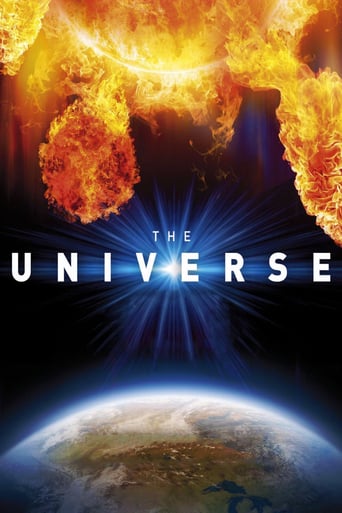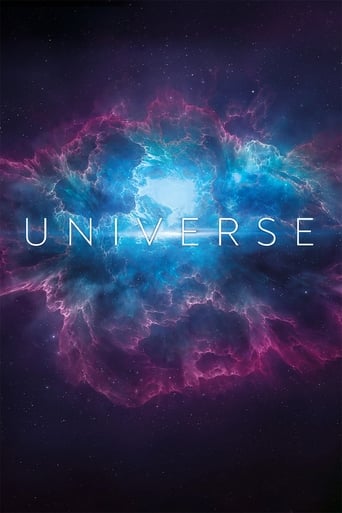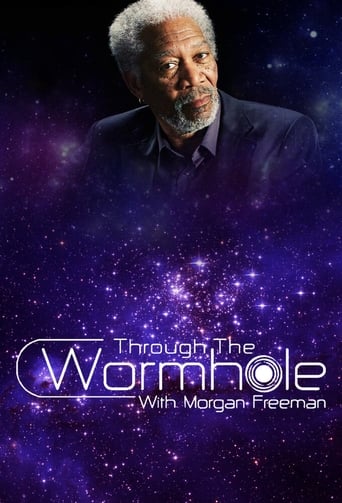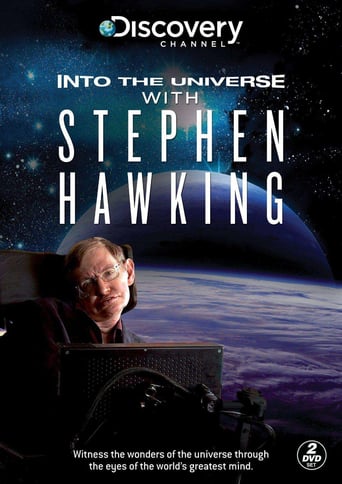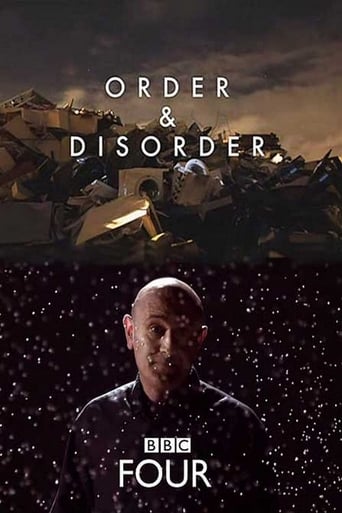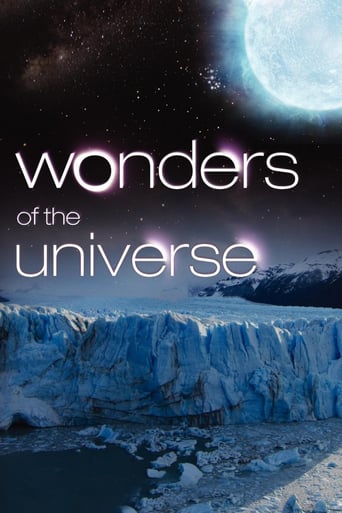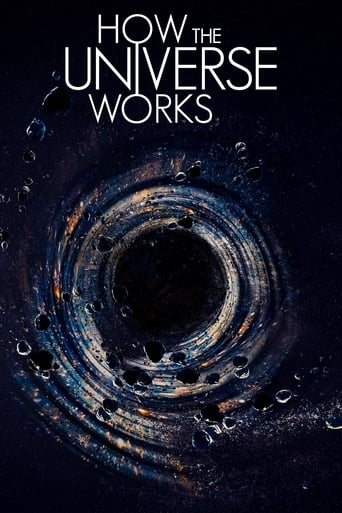The Sky at Night Season 2019
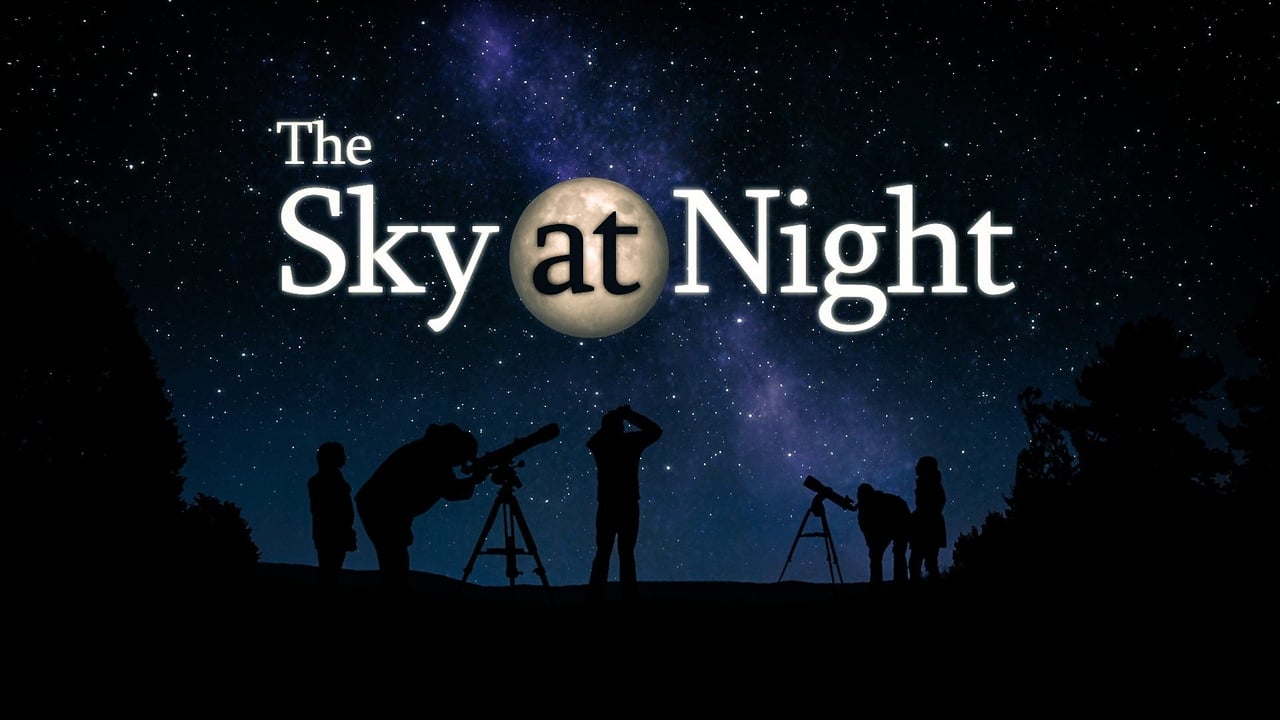
Your monthly journey through the fascinating world of space and astronomy with the latest thinking on what's out there in space and what you can see in the night sky.
Watch NowWith 30 Day Free Trial!
The Sky at Night
1957 / NR
Your monthly journey through the fascinating world of space and astronomy with the latest thinking on what's out there in space and what you can see in the night sky.
Watch Trailer
The Sky at Night Season 2019 Full Episode Guide
Looking back on the major stories of the year - from the New Horizons mission to the most distant world we have ever visited to the release of the first-ever picture of a black hole. The team relive the highlights and uncover the latest developments.
The Rosetta mission to comet 67P was the first time a spacecraft landed on a comet's surface. What has this icy body taught us about the dawn of the solar system and the origins of life on earth?
A one-hour special in which The Sky at Night team face a live studio audience to answer their questions about the mysteries and wonders of the universe.
Astronomers have found more than 4,000 planets circling stars other than our own. What do we know about these alien worlds and how have we managed to detect them?
The programme goes behind the scenes as the European Space Agency selects its next mission, which will be launched in 2028, meeting British teams vying to have their ideas selected, including a revolutionary mission to a comet.
To celebrate the 50th anniversary of the Apollo mission to put a man on the moon, The Sky at Night looks back through the archives to tell the story of how the BBC reported the moonshot, with some very special guests. Scientist John Zarneki discusses the huge scientific and engineering challenge. The first British astronaut, Helen Sharman, reveals just how accurate the predictions and preparations for life in space were. And writer and broadcaster James Burke - who reported the whole amazing story at the time - explains why Nasa loved the BBC and how he gained access to the command module for an episode of Tomorrow’s World.
In the first of two programmes to commemorate the 50th anniversary of the Apollo Moon landings, the Sky at Night team take a look at the latest plans to return to the Moon. Recently, China, Israel and India have all sent major missions to the Moon. The Europeans and Americans are planning to build a space station in permanent orbit around the Moon. And NASA has just announced that they plan to land astronauts on the Moon’s surface within five years. It all suggests that we are on the verge of a new golden age in lunar exploration.
The team reveals how the first picture of a supermassive black hole was captured. The photograph of the hole at the heart of the M87 galaxy was released in April.
Marsquake! This month's episode follows Insight, NASA’s latest mission to the Red Planet, as it goes in search of the secrets buried deep below Mars’s surface. By listening for tremors caused by Marsquakes and meteor strikes, scientists hope to reveal how the planet was formed, why its fate was so different from the Earth and whether the planet is dead or alive. The programme also says a heartfelt goodbye to Opportunity, the rover that explored the surface of Mars for more than 14 years until it was engulfed by a dust storm last year.
Ever since we discovered that distant galaxies are racing away from us, there has been a heated debate over just how fast the Universe is expanding. At the beginning of the 21st century, we thought we knew the answer. But now, two very different viewpoints have emerged. And they are dividing the scientific community. The Sky at Night meets leading astronomers and cosmologists on both sides of the debate. Which team has the right answer? Or could both teams be right? If so, we may need to rethink everything we think we know about the Universe.
On 1 January 2019, Nasa's New Horizons probe notched up another historic first: the first ever Kuiper belt fly-by. Its target was 2014 MU69, a chunk of ice and rock about four billion miles (approximately 6.4 billion kilometres) from Earth, dubbed Ultima Thule, a Latin phrase meaning a distant, unknown region. It is the most distant fly-by in history, and it is believed the data New Horizons gathers will shed new light on the solar system's early days. Chris Lintott reports from the John Hopkins Applied Physics Laboratory in Maryland to bring the latest news and pictures from this extraordinary mission.
Free Trial Channels
Seasons



























